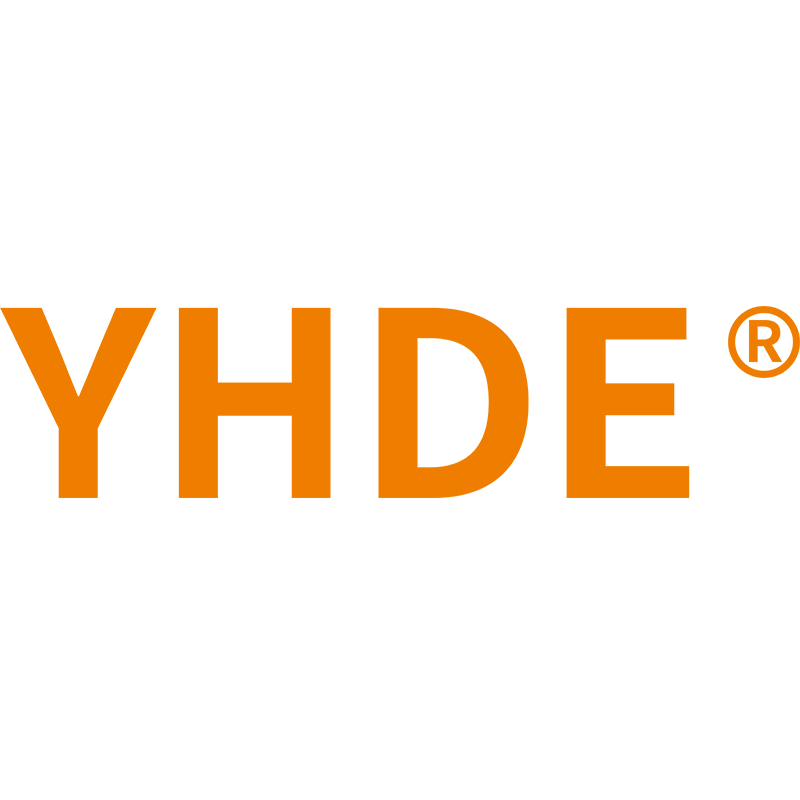Cartridge Kit Replacement for V/VQ Series Vane Pumps
When using the V/VQ series vane pump, you will often encounter such a situation: other parts are good, but the cartridge kit is seriously worn. In order to keep the hydraulic vane pump in use, we have to replace the cartridge kit. So, the question is, how to correctly replace the cartridge kit of the V/VQ series vane pump?
First of all, when we plan to replace the cartridge kit, we should first think of checking the positioning hole in the hydraulic pump housing. If the positioning hole is deformed, it is best to replace the entire hydraulic vane pump. In the case of not replacing the entire pump, the following points should be noted when replacing the pump core:
1. Check whether the shaft seal is aging and deformed. If the bearing is severely worn, you should be more careful when replacing the hydraulic cartridge kit. It is recommended to use a flat hard object with an outer diameter consistent with the shaft seal and slightly larger than the inner diameter of the bearing and slightly larger than the outer diameter of the pump shaft to send them to the fixed position to prevent the shaft seal from deforming and damaging the bearing.
2. When replacing the ink cartridge kit, pay attention to whether the new and old pump core models correspond. Only after confirming the correspondence can it be installed. Before installation, clean the inner wall of the pump housing, add lubricating oil and then install the ink cartridge kit. During installation, if the vane pump ink cartridge kit cannot be smoothly installed, check whether the stator and oil distribution plate of the vane pump ink cartridge kit are concentric. Adjust the concentricity before installation. After installation, confirm whether the positioning pin of the ink cartridge kit is fixed on the positioning hole of the pump housing, and check whether the sealing ring is complete and flat. To prevent the seal from cutting edges, tighten the connecting screw of the pump housing evenly and gradually.
3. When installing the oil pump, first check the sealing rings of the oil pump inlet and outlet flanges and all pipes for aging and deformation. At the same time, clean the dirt on the inner wall of the oil inlet pipe and check the sealing performance of each joint of the oil inlet pipe.
4. When adjusting the direction of the oil inlet and outlet of the oil pump, just unscrew the fixing screw of the pump housing, then rotate the upper pump housing, rotate the guide to the required position and then tighten the screw; do not pull up the hydraulic cartridge kit to avoid misalignment of the locating pin of the cartridge kit with the locating hole of the pump housing or misalignment of the sealing ring at the connection between the upper and lower pump housings.
5. Check whether the coupling is worn or deformed, and whether the pump shaft is concentric with the motor shaft after the oil pump is installed. A simple method is to turn the coupling by hand and feel the turning force is even and flexible.
6. Check whether the motor shaft and bearings are deformed or worn. If the shaft swings, confirm whether it is shaft deformation or bearing wear to prevent the service life of the pump from being affected by motor problems.
7. Before starting the motor, check whether the hydraulic oil in the tank is clean enough and whether the filter is deformed and clean. It is recommended to thoroughly clean the tank and replace the new hydraulic oil and filter that meet the standards. To prevent the pump from burning, be sure to fill the pump body with hydraulic oil before starting; loosen the exhaust valve at the oil pump outlet to remove the air in the pump body and pipeline, and start it in a jog mode when it is idling. After it is running normally, tighten the exhaust valve or the oil outlet joint.
8. During the operation of the oil pump, attention should be paid to whether the oil level, oil temperature, operating pressure, etc. meet the use requirements. The oil level after normal operation should generally be more than 50mm higher than the top of the filter, otherwise the oil pump will easily suck air and produce noise. The oil temperature should be controlled below 60 degrees Celsius to prevent the oil temperature from being too high and destroying the protective oil film formed on the friction surface.
If you follow the above steps correctly, replacing the pump core will no longer be difficult. He Hydraulics reminds you not to cause damage to other parts due to replacing the pump core, otherwise it will not be worth it.
